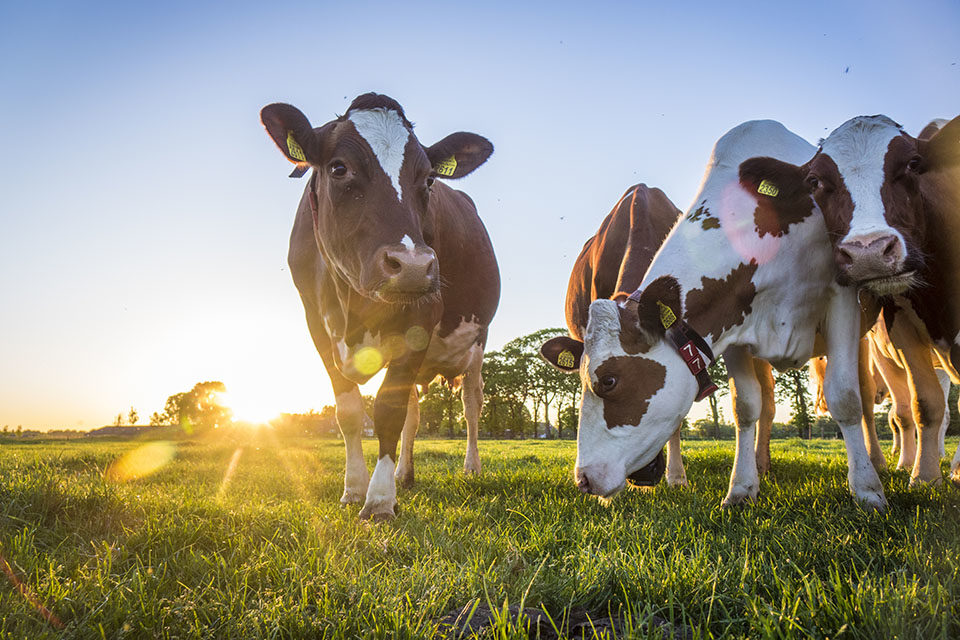WASHINGTON – A new report from the USDA’s Economic Research Service examined how the US dairy sector experienced a shift toward larger and fewer dairy operations between 2000 and 2020.
The report, titled “Sources, Trends, and Drivers of US Dairy Productivity and Efficiency,” found that growth in the sector was widespread, but also featured “considerable variations” by herd size class, region and production type.
Put together to understand the state of dairy production in the US, the study analyzed various factors within the industry in order to identify what drove the growth that occurred amid two decades of structural change.
The report, authored by Eric Njuki, found that since 2000, dairy operations have trended toward fewer and larger operations, with the fastest productivity growth coming in western and southwestern states, such as Idaho, New Mexico, Arizona and California.
It also discovered that organic dairy operations didn’t grow at the same pace as conventional dairy operations. The organic variety grew at an annual rate of 0.66%, while conventional dairy operations saw an annual rate of 2.51%.
The USDA report found that from 2000-2016, technological progress drove total factor productivity growth, as new systems and processes (for example: improved genetics, selective breeding, enhanced feed formulations and advanced digital record keeping) were implemented.
Meanwhile, the report concluded that the pace of growth also slowed when operations didn’t reach their full potential or efficiency levels as the scale of their operations shifted.
The full report can be found on the USDA’s Economic Research Service website.

